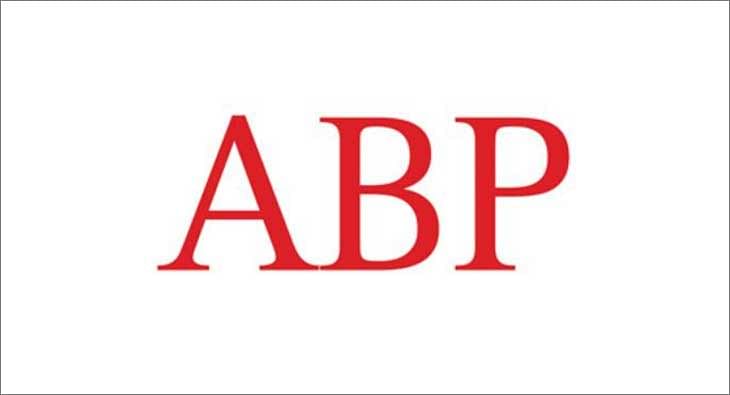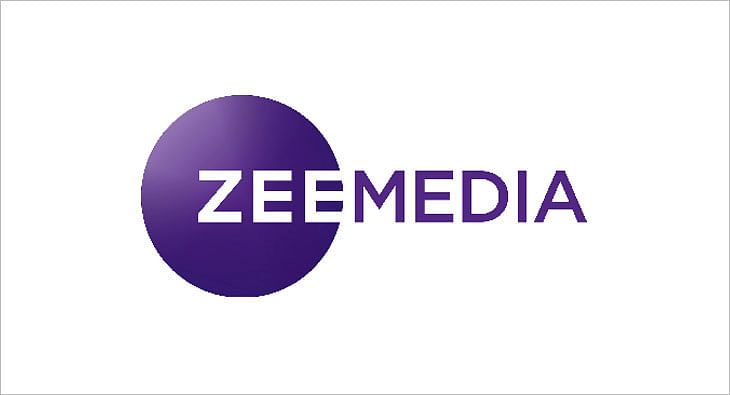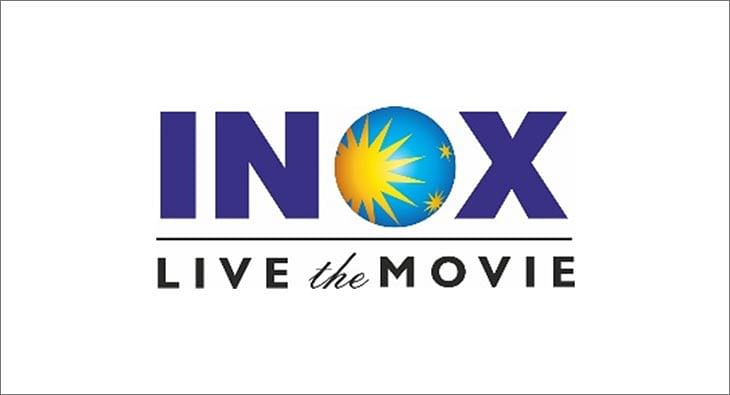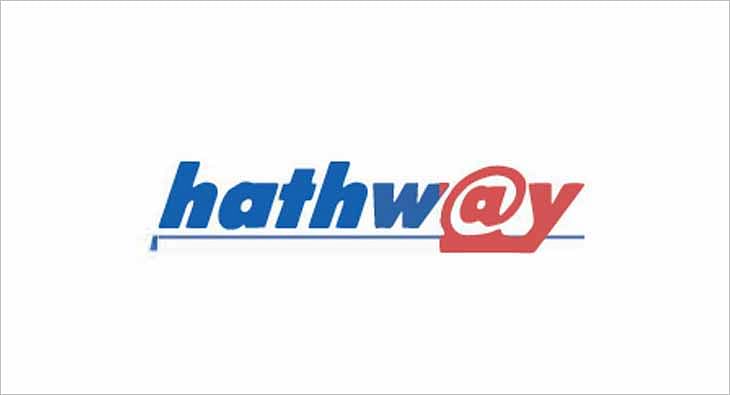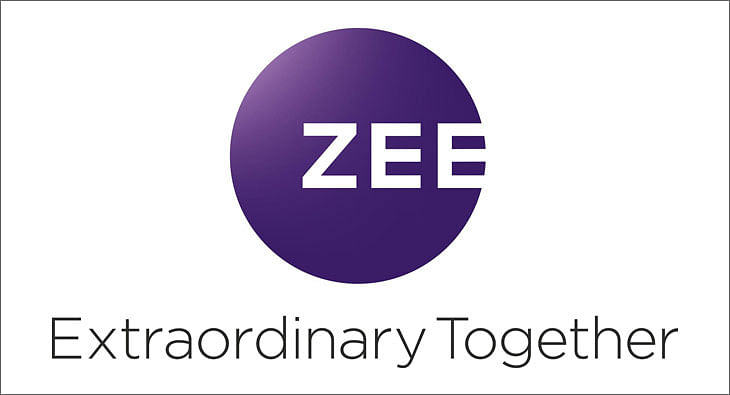Guest Column: FDI in retail – Scorched earth policy
MNCs are being aided by the Govt. to muscle their way to displace Indian small businesses, says Shekar Swamy of RK Swamy Hansa

Talk about a contentious issue! Seldom have we seen the country so divided, as we are witnessing now on the issue of allowing FDI in multi-brand retail. Aligned on one side is a relatively small but vocal group comprising multinational and Indian corporates and a section of the English speaking, western-looking lot; lined up on the other side are the millions of traders, retailers, farmers and small producers who form the widest base of our country. There is a raging debate on this subject. Unfortunately, a great deal of the noise seems designed more to obfuscate than to offer clarity.
What is going on?
The core of the issue
There are an extraordinary number of people who are participants in the bazaars of the country – producers and traders of all hues – as providers of goods. This is how they make a living. Suddenly, they are being told that they are inefficient and not doing their job well. They are being asked to accommodate among their midst the largest and most predatory multinational trading companies of the world. They are being told that these companies will come in with big money, and this will be good for India.
Multinational corporates are being aided by the government to muscle their way to displace Indian small businesses in a big way. The key word is displacement. What we are witnessing is state-assisted ‘land grab’ by multinationals in the name of FDI. Those who are serving the market are expected to quietly go away, as their livelihood gets taken away. The argument is that there are too many middlemen between producer and consumer. The state’s answer is to introduce the biggest middlemen in the world it can find, which is what the multinational retailers are.
The government has cast its vote in favour of Big Capital, and against the mass of the Indian people. This is nothing but a green signal to transfer wealth from the masses of market participants to a few privileged multinational corporates. This is how the seeds of income inequality are sown by state policy.
In its desire to cater to the whimsical foreign capital, the government has betrayed the people. That is why we have an extraordinary political spectacle – the Left sharing the dias with the BJP, DMK and AIADMK agreeing, the Left and TMC on the same side, the SP and BSP speaking in one voice on this issue, and the UPA allies deserting the government and ducking for cover. This issue is far from settled.
No one trusts the policy
Forget about a consensus on this. The majority is opposed, and the government has no mandate to introduce this measure. Therefore, the government has done what it usually does under such circumstances – introduce rules and regulations supposedly designed to protect people’s interests and address the objections. Hence, the restriction to cities with million-plus population, ‘states can decide’, reservation for small and medium industry, etc.
Everyone knows that none of these restrictions will hold. Indeed, the amendments have already commenced. The language in the notification for the sourcing reservation for small and medium industry in single brand retail has already been changed from ‘mandatory’ to ‘preferably’. This is meaningless. The notification permits multinational retailers to open in the largest city in states that have indicated willingness for retail FDI but do not have cities with population of over one million. How can one trust a policy that comes with a slew of accommodating exceptions at the same time?
Fallacy of co-existence
The Planning Commission has argued that multinational retailers and small local retailers will co-exist. They even give a number. They say that only 20 per cent of retail will be taken over by multinationals. So what is the excitement about? This is an incredible argument. Every percentage point in market share taken over by multinational retail represents the loss of four lakh retail jobs. A loss of 20 per cent of the market means eight million jobs lost. Only a small fraction of this will be replaced with new employment, since the big retailers do not create that many jobs contrary to claims.
Where is the question of co-existence with multinational retailers under these circumstances? Indian retail needs to keep all the market it can cater to, to provide livelihood for the millions of small-capital entrepreneurs (including farmers) and their employees, both on the production side and the retailing end. Glib arguments that the displaced will find alternative sources of living simply don’t wash.
The ‘wastage’ argument
Thanks to large scale PR, suddenly the people of India are being told that post-harvest loss of fruits and vegetables is as high as 40 per cent. The only way to reduce this is through FDI in retail and the accompanying supply-chain infrastructure. This argument falls apart under scrutiny.
The 40 per cent number comes from a McKinsey study done in 1997. What the study did not do was provide a global comparison. A recent study released by the Natural Resources Defense Council (an international non-profit organisation) shows that the post-harvest loss of fruits and vegetables in the US, Canada, Australia and New Zealand is 34 per cent. They lose 20 per cent of their fruits and vegetables on the farm (production losses), three per cent in handling and storage, one per cent in processing and packaging, and 12 per cent in distribution and retail.
Many agro experts and dealers in agricultural commodities have stated that the post-harvest loss numbers cited by the proponents of FDI are hugely exaggerated. What is the government’s own group saying on this issue? The report of the Working Group on Agricultural Marketing Infrastructure for XII Five Year Plan 2012-17 has dealt with this issue. Its estimate of the post-harvest loss is given in the following table. For fruits and vegetables, post-harvest loss ranges from a low of 5.8 per cent to a high of 18 per cent depending on the item, far lower than the international comparison from countries with the biggest retailers.

Western retail is riddled with problems
The system of big corporate retail in the West is a major problem from the point of view of farmers, producers, small retailers and consumers…in effect for the entire society. It works only for corporates who control the market.
The evidence is overwhelming. Take the UK as an example (and there are plenty of similar examples). It is a system of oligopoly (few sellers) on the consumer side and monopsony (few buyers) on the supply side. Just three retailers (Tesco, Sainsburys and ASDA) control two-third of the market. Prices paid to farmers have been hammered down over the years, and the farmers survive only due to the largesse of state subsidies. Ninety per cent of small retailers have shut down in the past five decades. Barely 4,000 independent green grocers survive in that country of 60 million people. Multitudes of small producers have suffered because they have been blocked out by the big retailers and do not have access to the market. Consumers pay high prices due to high mark-ups enjoyed by retailers.
The most bitter adversaries get together to fight a common enemy. Indian politics has come together in a remarkable alignment on this issue. There is a good chance that India could still avoid and escape this scorched earth retail system.
The author is Group CEO, RK Swamy Hansa and Visiting Faculty, Northwestern University, USA
Read more news about (internet advertising India, internet advertising, advertising India, digital advertising India, media advertising India)
For more updates, be socially connected with us onInstagram, LinkedIn, Twitter, Facebook Youtube & Whatsapp
You May Also Like
HT Media posts Consolidated Total Revenue of Rs 580 crore in Q2
Chairperson and Editorial Director Shobhana Bhartia says due to lower commodity prices and control on costs there has been an improvement in operating profit
HT Media has posted a Consolidated Total Revenue for Q2, 2020 at Rs 580 crore.
As per a statement released by the company, EBITDA for Q2’20 increased by 139%, and margins at 14% vis-à-vis 6% in previous year. This has been driven by softening of newsprint prices and continued focus on cost.
The Net Cash position at a consolidated level continues to be strong.
The Print ad revenue has declined due to sluggish volumes, even as yields have improved. National advertising continues to be soft, although local advertising witnessed growth.
Savings in raw material costs have driven improvement in EBITDA margins.
Chairperson and Editorial Director Shobhana Bhartia said, “Slowing economic growth has hit advertising spends in key categories, putting pressure on revenues across the media industry. As a result, our Print and Radio (on like to like basis) businesses saw revenues dip as compared to a year-ago. However, thanks to lower commodity prices and a tight control on costs, we saw an improvement in our operating profit. On the digital front, Shine, our online recruitment portal has shown good progress and continues to grow. Our outlook for the coming quarter remains cautious, given overall economic sentiment and macroeconomic trends. Cost-control and falling commodity prices should help protect our margins.”
Read more news about (internet advertising India, internet advertising, advertising India, digital advertising India, media advertising India)
For more updates, be socially connected with us onInstagram, LinkedIn, Twitter, Facebook Youtube & Whatsapp
ABP Group posts Rs 15.70 crore as net profit in Q1 FY20
The group’s total operating income stands at Rs 365.55 crore
ABP Group has posted a net profit of Rs 15.70 crore in the first quarter of FY20, as per media reports.
The group’s total operating income stands at Rs 365.55 crore.
It’s net profit for the fiscal ended March 31, 2019, was down 68% to Rs 31.90 crore compared to the previous fiscal.
The Profit Before Interest Lease Depreciation and Tax (PBILDT) has also dropped 53.52% to Rs 107.12 crore.
The group has six news channels - ABP News (Hindi), ABP Ananda (Bengali) ABP Majha (Marathi) and ABP Asmita (Gujarati), ABP Sanjha (Punjabi) and ABP Ganga (Hindi).
Read more news about (internet advertising India, internet advertising, advertising India, digital advertising India, media advertising India)
For more updates, be socially connected with us onInstagram, LinkedIn, Twitter, Facebook Youtube & Whatsapp
Zee Media posts consolidated revenue of Rs 137.03 crore for Q2 FY20
ZMCL has recorded 4.4% growth in operating revenue for first half of FY20
Zee Media Corporation Ltd (ZMCL) has posted a 4.4 per cent growth in operating revenue to Rs 337.6 crore in the first half of FY20, as per media reports.
It has reported a consolidated revenue of Rs 137.03 crore for Q2 FY20.
In a statement, ZMCL has said: “During the quarter, the network expanded its footprint s into Southern India through the launch of Zee Hindustan in Tamil and Telugu languages. This is intended to make the network's content accessible to wider audience.”
The operating expenditure in Q2FY20 has dropped by 21.7 per cent.
The statement further said: “EBITDA for HlFY20 improved by 34.1 per cent to Rs 1,029 million from Rs 767.5 million EBITDA for H1FY19, while the same declined by 9.4 per cent to Rs 370.2 million from Rs 408.7 million for the corresponding period last financial year. EBITDA Margin grew from 23.7 per cent in H1FY19 to 30.5 per cent in HlFY20, while growing from 24.2 per cent in Q2FY19 to 27 per cent in Q2FY20.”
Read more news about (internet advertising India, internet advertising, advertising India, digital advertising India, media advertising India)
For more updates, be socially connected with us onInstagram, LinkedIn, Twitter, Facebook Youtube & Whatsapp
No slowdown here: In-cinema ad rates up by at least 50% for 3 big Diwali releases
Housefull 4, Made In China and Saand Ki Aankh ready to hit the silver screen this week, with the hopes of giving brands the eyeballs they look for in theatres
It’s that time of the year again when theatres gear up to pocket maximum gains. Diwali is here and there are three films ready to hit the silver screen this week--Housefull 4, Made In China and Saand Ki Aankh. The festive period brings much joy to exhibitors, distributors and theatre owners because it ensures footfalls, giving brands the eyeballs they look for. In fact, industry experts don’t feel that economic slowdown this year has impacted in-cinema advertising. While they are concerned about three movies clashing during Diwali, they predict 50-100 per cent rise in ad rates during this period.
Advertising moolah
Mohan Umrotkar, CEO, Carnival Cinemas, is expecting 60-70 per cent surge in advertisement topline compared to last year. “Going by the buzz and advance booking for these three releases, market is bullish. Advertisers have blocked most of the advt-slots during the festival period. Housefull 4, Made In China and Saand Ki Aankh all combined together should generate around Rs 350 crore topline at the box office during the festival week. We are expecting 60-70 per cent surge in the advertisement topline from last year. Also, this year we have added around 14 per cent new advertisers, and 4 per cent of them are first-time cinema advertisers,” he says.
But according to Siddharth Bhardwaj, Chief Marketing Officer - Head of Enterprise Sales, UFO Moviez, things have changed a lot in the last couple of years. “Since some films have not really lived up to their expectation, advertisers are spreading the spends all through the year. They are picking up far more number of titles in the year rather than focusing only on Diwali or Eid.”
“It is good for the industry because you can monetise the inventories beyond just big weeks. A lot of content- driven films have come up which has given us the opportunity to monetise more markets. It has put lesser pressure on Diwali. Most of the cinemas are sold out for Diwali. It becomes difficult to accommodate everything,” Bharadwaj opines. He also reveals that for this week, the inventories are already full.
Diwali ad rates
Experts reveal that ad rates differ from property to property and depends on location as well. But Diwali surely sees a massive hike in rates. This year, theatre owners are expecting 100 per cent rise in ad rates. While Umrotkar revealed that for Diwali, they are charging 100 per cent higher than the regular card rates, Girish Johar, trade analyst and film producer, shared that even the rates for putting up kiosks of brands go up during festivals like Diwali.
“It’s based on property. On a ballpark, ad rates double up. So if you are putting up a kiosk, they charge say Rs 50,000-25,000 for a month. During Diwali, they charge almost double because of the kind of footfalls theatres witness,” Johar revealed.
Economic slowdown? Not for Cinema!
This year, brands have been pulling back their spends on other mediums due to economic slowdown, but cinema seems unaffected. Calling entertainment business recession-proof, Johar explains, “If you see the other side, box office is up by 15-20 per cent. Yes, it is a bit subdued because the brands are in a wait-and- watch scenario. They are increasing their focus around consumption rather than awareness.”
Bharadwaj too seconded it by saying, “These are challenging times but our medium is very efficient. If you see economy has slowed down, but the cinema has grown instead.”
Clash cover
Three movies are clashing this Diwali which means shared screens and box office gains.
“It’s never good for us when two or more big-ticket films release together. If they would have come on different dates, there are chances that more advertisers will take advt. inventory in those weeks separately instead of that one particular week,” shares Umrotkar.
Read more news about (internet advertising India, internet advertising, advertising India, digital advertising India, media advertising India)
For more updates, be socially connected with us onInstagram, LinkedIn, Twitter, Facebook Youtube & Whatsapp
INOX Leisure Ltd sees 42% growth in total revenue
Profit After Tax up 327% to Rs 51 crore
INOX Leisure Ltd (INOX) has reported financials for the second quarter ending September 2019.
Its total revenue has risen to Rs 524 crore with a 42% growth from Rs 369 crore in the corresponding quarter in FY19. Its EBITDA has more than doubled to Rs 107 crore with a 121% growth, while the PAT stood at an impressive Rs 51 crore, up 327% from previous year’s second quarter.
Siddharth Jain, Director, INOX Group, said: “At INOX, setting new benchmarks is now a routine, thanks to our consistently sharp focus on luxury, service and technology and our uncompromised desire to offer our patrons, nothing but the latest and the best! We are delighted with our remarkable consistency on all parameters, and we are sure about maintaining the momentum and focus on innovativeness. Content once again proved that why we term it as the ‘hero’. Thanks to the creators of such spellbinding movies, which keep inviting our guests to our properties, and allowing us to pamper them with our signature hospitality. With the launch of Megaplex, we are delighted to further our endeavor of developing experience-driven cinema destinations of global standards, and we will continue to do so. On behalf of Team INOX, I assure all our stakeholders that we will continue to break barriers and exceed all expectations.”
Read more news about (internet advertising India, internet advertising, advertising India, digital advertising India, media advertising India)
For more updates, be socially connected with us onInstagram, LinkedIn, Twitter, Facebook Youtube & Whatsapp
Hathway Cable & Datacom reports 100% subscription collection efficiency in Q2
The broadband subscriber base has increased from the previous quarter’s 840,000 to 860,000
Hathway Cable and Datacom has reported subscription collection efficiency at 100%, and the broadband subscriber base has increased from previous quarter’s 840,000 to 860,000 in quarter ending September, as per media reports.
It has narrowed its consolidated net loss by 74% and the operating EBITDA has been reported 15% up to Rs 107.5 crore compared to Rs 93.1 crore a quarter ago.
The total income has dropped 2%, while the expenditure is down 6%.
In the financial results, the company has said the FTTH markets are leading growth in customer acquisition.
Read more news about (internet advertising India, internet advertising, advertising India, digital advertising India, media advertising India)
For more updates, be socially connected with us onInstagram, LinkedIn, Twitter, Facebook Youtube & Whatsapp
ZEEL posts 7.4% YoY growth in total revenue for Q2 FY20
ZEEL's domestic advertising revenue has grown 1.4% YoY in Q2FY20
Zee Entertainment Enterprises Limited (ZEEL) has reported a consolidated revenue of Rs 2,122 crore for the second quarter of FY20, recording a growth of 7.4% on YoY basis.
The Earnings Before Interest, Tax, Depreciation and Amortization (EBITDA) was recorded as Rs 692.9 crore with an EBITDA margin of 32.7%. PAT for the quarter was Rs 413.2 crore. The Profit After Tax (PAT) for the quarter was Rs 413.2 million, with a growth of 6.9% YoY.
During the second quarter, ZEEL’s consolidated advertising revenue grew by 1.2% YoY to Rs 1,224.7 crore. The domestic advertising revenues grew by 1.4% YoY to Rs 1169 crore.
ZEEL has posted 26.8% YoY growth in Q2FY20 domestic subscription revenue. ZEEL’s consolidated subscription revenue grew by 19.0% to Rs 723.5 crore during the quarter.
ZEEL’s total expenditure in Q2FY20 stood at Rs 1429.1 crore, higher by 9.9% YoY compared to Q2FY19.
While ZEE5 recorded a peak DAU (Daily Active User) base of 8.9 million in September 2019, ZEE5 users watched an average of 120 minutes of content on the platform in the same month.
During Q2 FY20, the television network had an all-India viewership share of 18.4%.
During the quarter, ZEEL’s international business revenue was Rs 208.2 crore. The advertising and subscription revenues for international business declined by 4.0% YoY and 21.5% YoY, respectively.
Zee Music Company has registered 7.1 billion views on YouTube in Q2.
Punit Goenka, Managing Director and CEO, ZEEL, said, “I am pleased with the performance we have exhibited during the quarter. Our entertainment portfolio continues to grow from strength to strength across all formats and maintained its leading position. Our television network has emerged stronger post the implementation of tariff order on the back of a strong customer connect and brand pull of its channels. ZEE5 continued to gain traction across audience segments and markets, driven by its compelling content library and expanding list of partnerships across the digital eco-system. This strong operating performance allowed us to deliver industry leading growth in both advertising and subscription despite the tough macro-economic environment. Domestic subscription growth of 27% has reaffirmed the value proposition our television network has built over the years. The impact of tariff order has now largely settled down and has brought increased transparency along with improved monetization. Our domestic advertising revenue growth, though significantly lower than historical trend, is higher than the industry growth. We have witnessed an improvement in ad spends through the quarter and we believe that the onset of festive season along with measures taken by the government will help revive the consumption growth.”
Read more news about (internet advertising India, internet advertising, advertising India, digital advertising India, media advertising India)
For more updates, be socially connected with us onInstagram, LinkedIn, Twitter, Facebook Youtube & Whatsapp




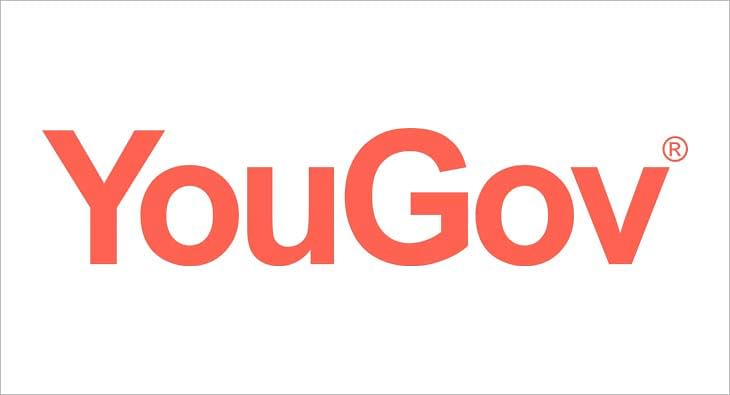
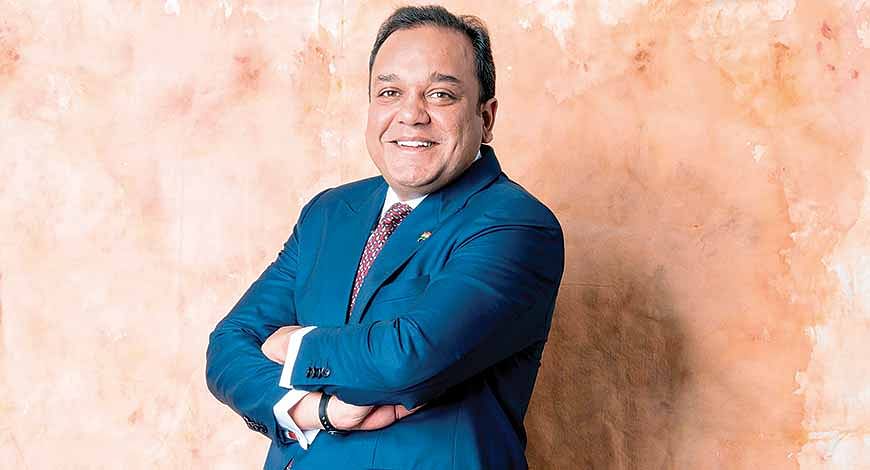








 Share
Share